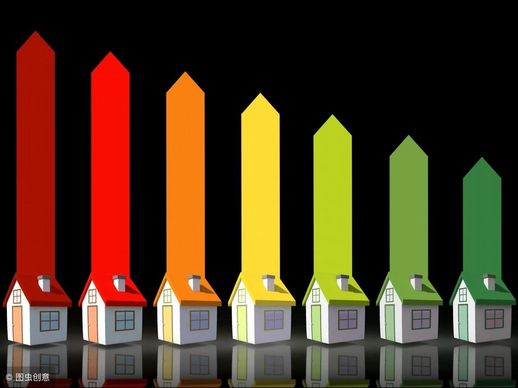比较级的用法 比较级的八种句型结构带例句

比较级的运用指南
1. 程度随前者变化
the + 比较级 + the + 比较级
越(条件)……就越(结果)
2. 两者中较好的
the + 比较级 + of the two
两者中较(特征)那个/物
3. 渐进比较
比较级 + and + 比较级
越来越(特征)
4. 比较否定
not + 比较级 + than
no + 比较级 + than
不如(后者);同(后者)一样不(特征)
5. 数量比较
no more than + 数量
not more than + 数量
至多(数量);不多于(数量)
6. 质量比较
no more + 比较级 + than
not more + 比较级 + than
与(后者)同等不(特征);不及(后者)
7. 数量强调
no less than + 数量
not less than + 数量
至少(数量);不下于(数量)
VIII. no more …than 与 no less…than
前者表示“与…不平等”,否定两者;后者表示“与…平等”,肯定两者。
例如:
She’s no more a great singer than I am.
她不是一个伟大的歌手,我也不是。
Your brother is no less wise than you.
你哥哥和你一样聪明。
A dolphin is no less a clever animal than a dog is.
海豚与狗一样都是聪明的动物。
IX. less / least +原级
“less+原级”表示降低程度的比较级;“least+原级”表示降低程度的最高级。
例如:
Would you mind speaking less quickly?
可否请你说得慢一点?
The movie was less funny than the book.
电影没有书那么滑稽有趣。
X. less…than…的用法
1. 本身作为比较级:将more视为many或much的比较级,后接名词,表示“比…更多”。
例如:
Statistics show that there are more boys than girls at school.
统计数字表明,学校的男生比女生多。
2. 后接多音节形容词和副词:more后接多音节形容词或副词,前后是两个或两类人或物进行比较时,表示“比……更”。
例如:
Airports were more closely watched than anyplace else.
飞机场比其他任何地方看守得更严格。
All human beings are much more intelligent than animals.
所有人类的智力都比动物高得多。
3. 对同一对象的两个方面进行比较:如果对同一个人或事物在不同方面进行比较时,表示“与其说……不如说……”,不论形容词或副词是单音节、双音节还是多音节,一律使用more…than…。
例如:
He is more hungry than tired.
与其说他累了,倒不如说他饿了。
I was more annoyed than worried.
我与其说是着急,不如说是生气。

